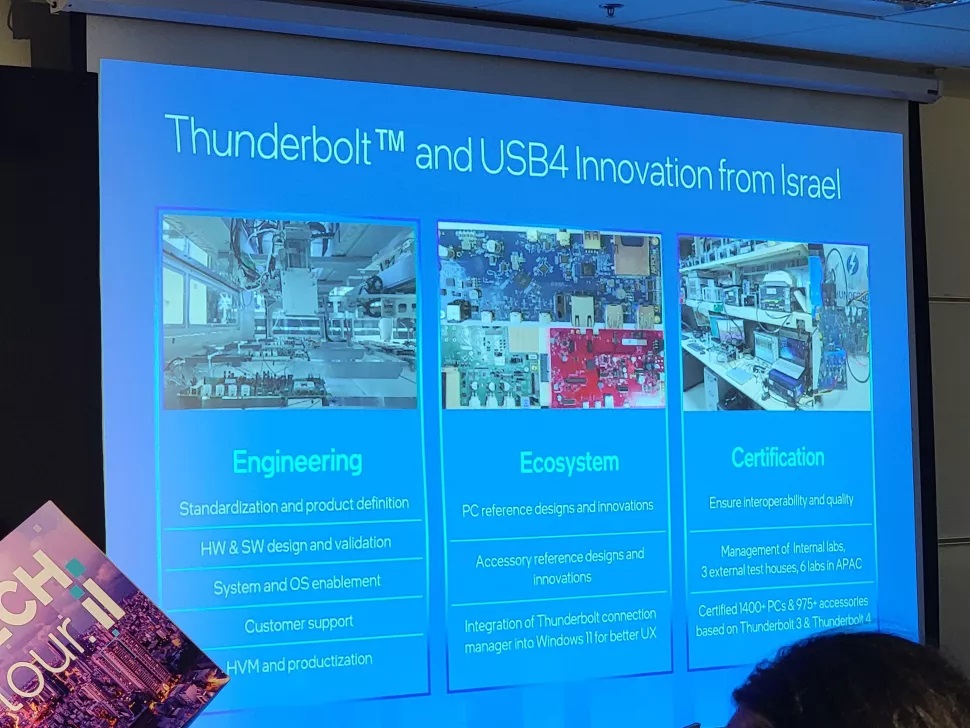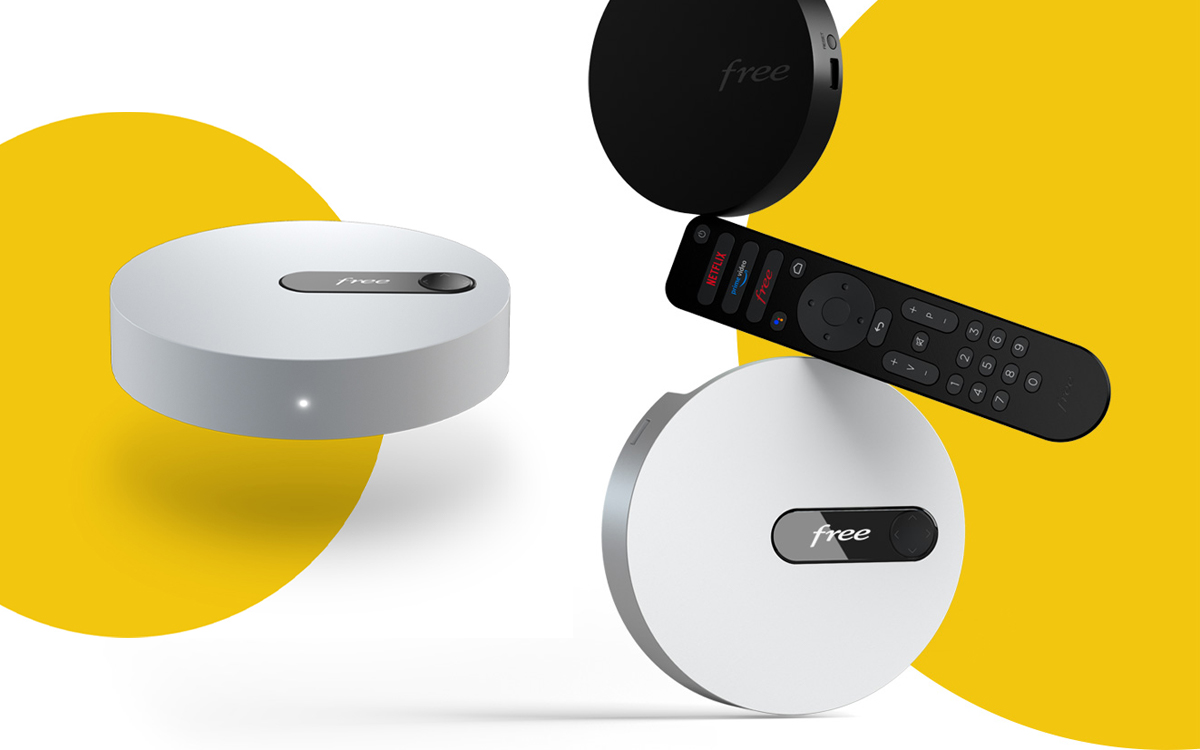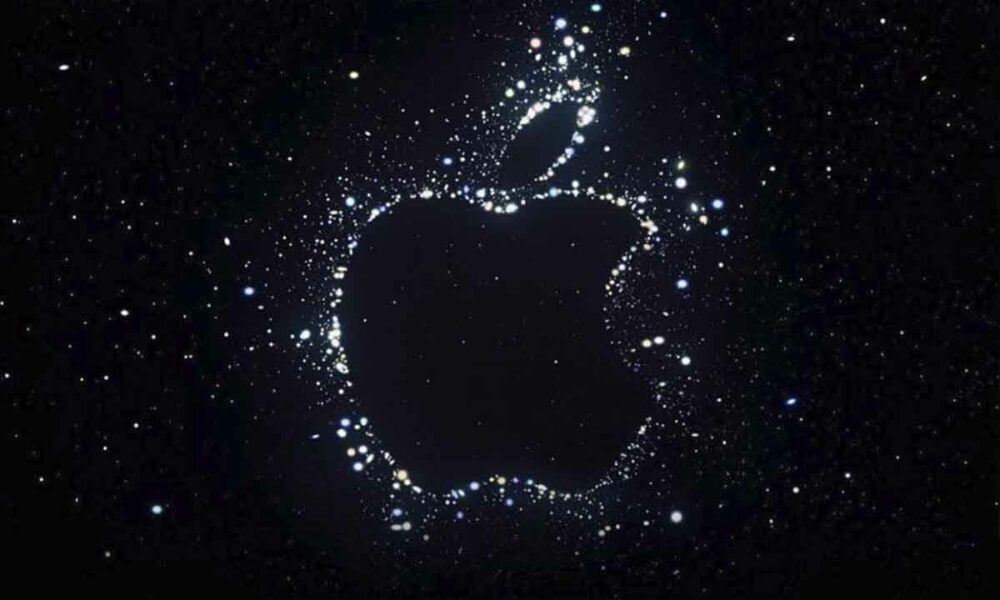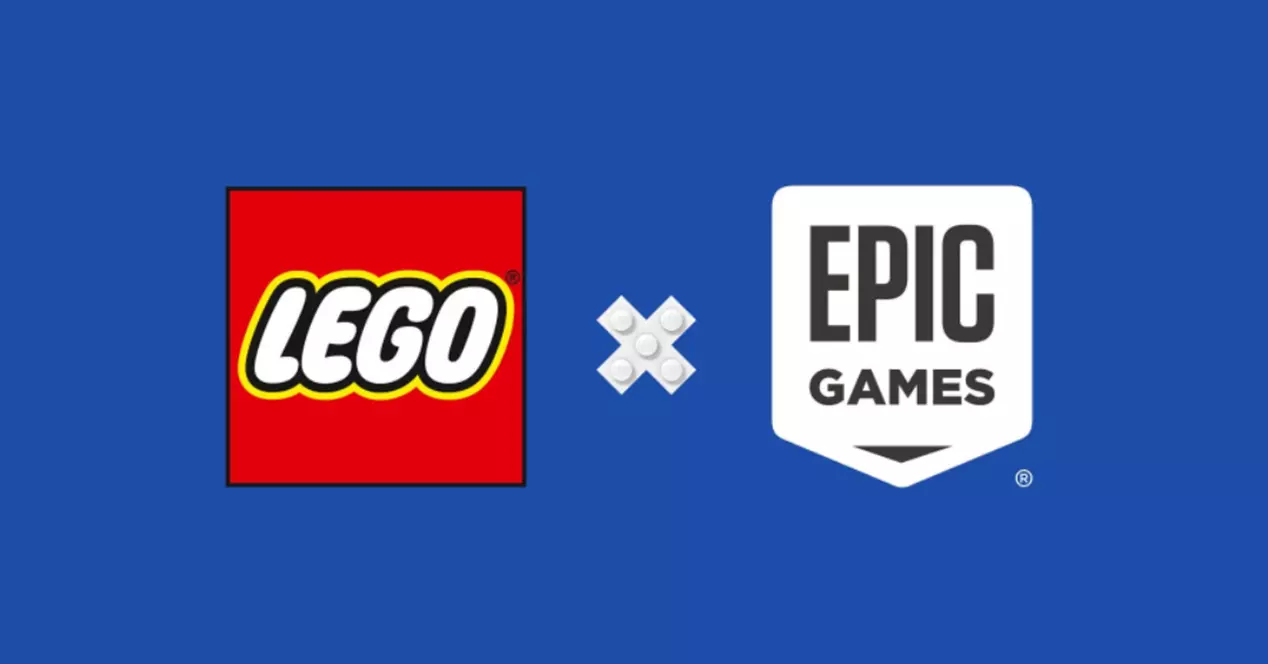
The chip giant has demoed using its Thunderbolt technology, and has been able to reach 80 Gbps of bandwidth, a figure that doubles the maximum of the Thunderbolt 4 standard which, as many of our readers will know, is capable of reaching 40 Gbps. It is an important achievement for all that it implies in terms of performance, but also because with this advance it manages to place itself at the level of the USB 4 2.0 standard.
What does this increase in bandwidth mean? Well, it implies that the transfer speeds when connecting external devices are twice as fast, and this can have a very big impact when using certain products, not just storage units. Thus, for example, one of those that would benefit the most from this increase in bandwidth would be external graphics cards, which can be heavily penalized if the available bandwidth is reduced.
According to Intel, they have not yet chosen a name for this new version of Thunderbolt that is capable of reaching 80 Gbps, but by simple logic they could choose two paths, call it Thunderbolt 4 2.0 or Thunderbolt 5. Both make sense and fit together perfectly, but it seems that the source of the news sees it more likely that they will end up calling it Thunderbolt version 2.0. There is nothing definitive in this regard, so keep that in mind.
It is also important to remember that Thunderbolt 3 was the basis on which the USB 4 version 1.0 standard was developed, and that Thunderbolt 4 maintained the 40 Gbps bandwidth, but improved video output by allowing the use of two 4K displays and it also introduced improvements at the security level. Reaching 80 Gbps is quite an achievement, but how did Intel do it? Well, using PAM-3 modulation (Pulse Amplitude Modulation 3-level) and two 40 Gbps lanes over a single cable.
Unfortunately, the information we have right now about this new Thunderbolt standard is scarce, so we will have to wait for more details to be officially published. However, we can assume that this new standard will be compatible with its predecessors, and also with the new generation standards, including DisplayPort 2.0. We are facing a standard that, almost certainly, will not begin to be used optimally until 2023.




